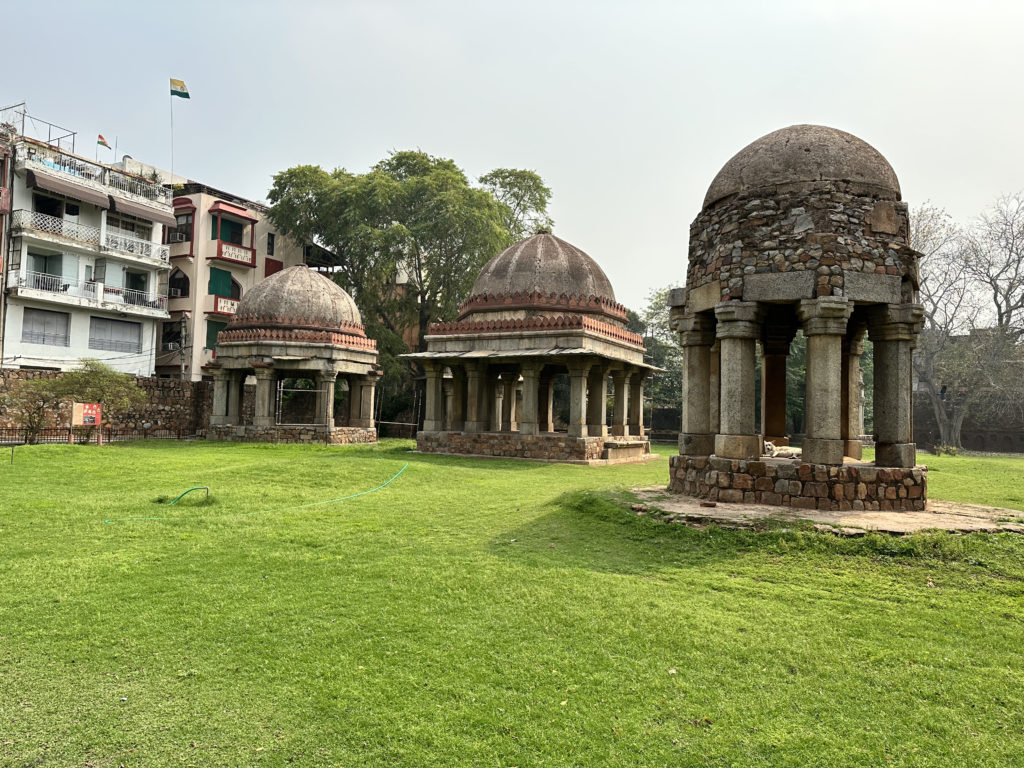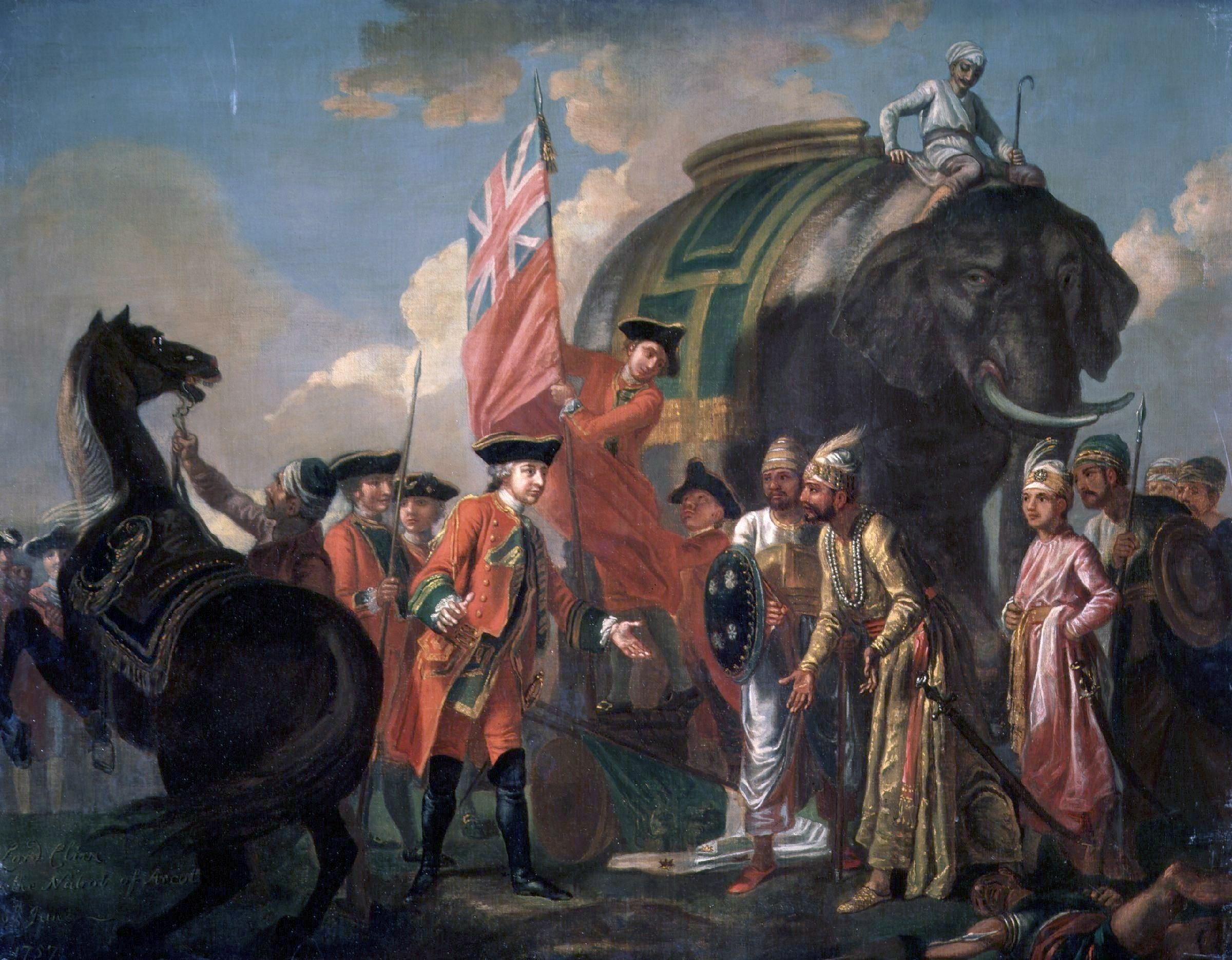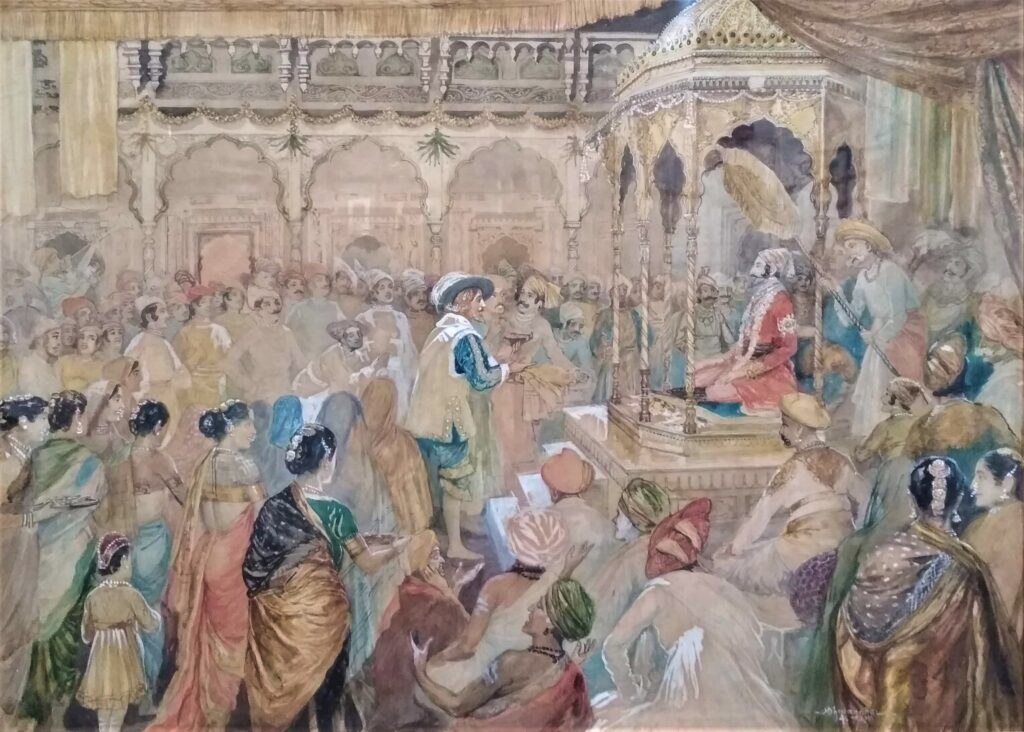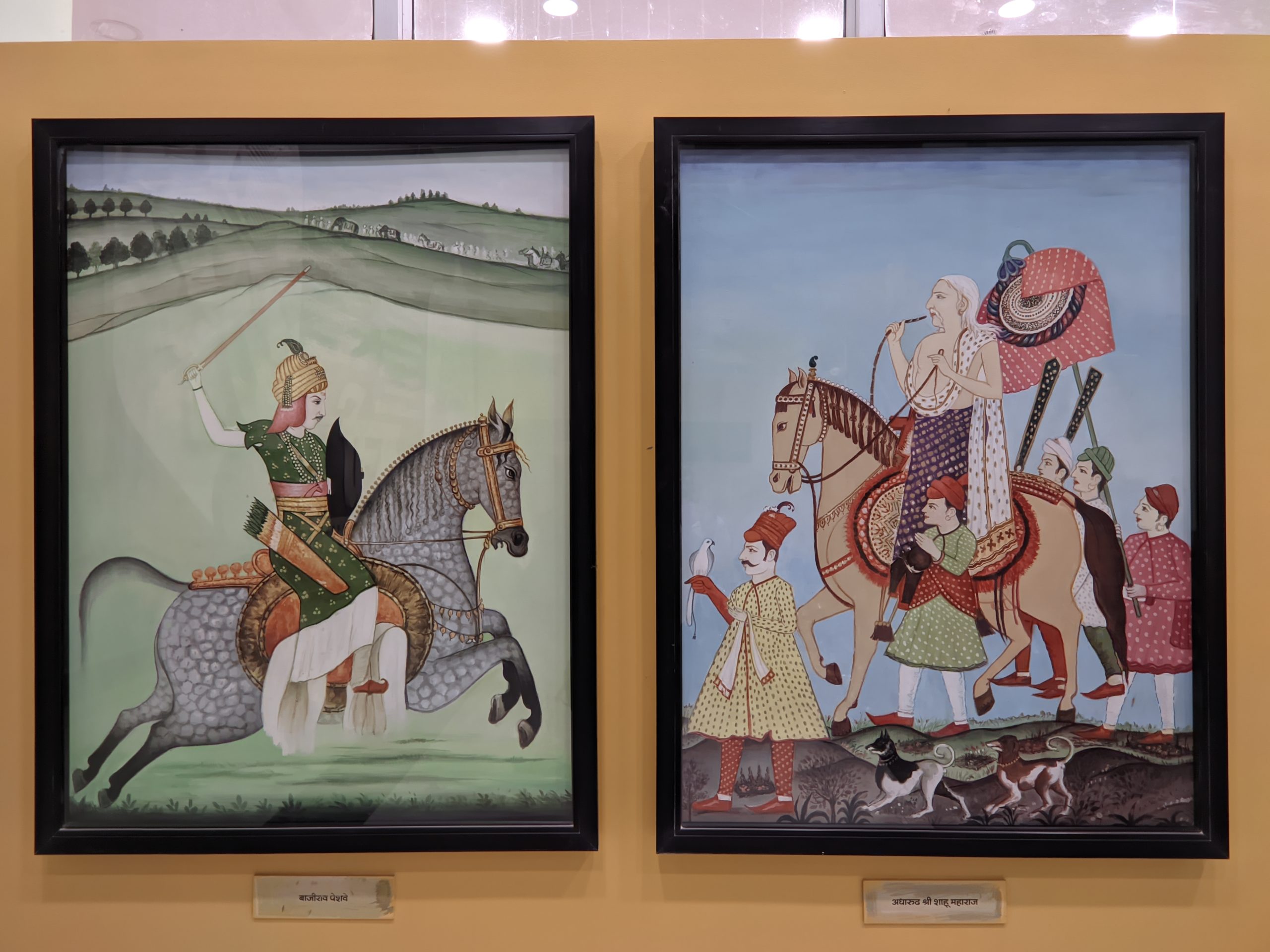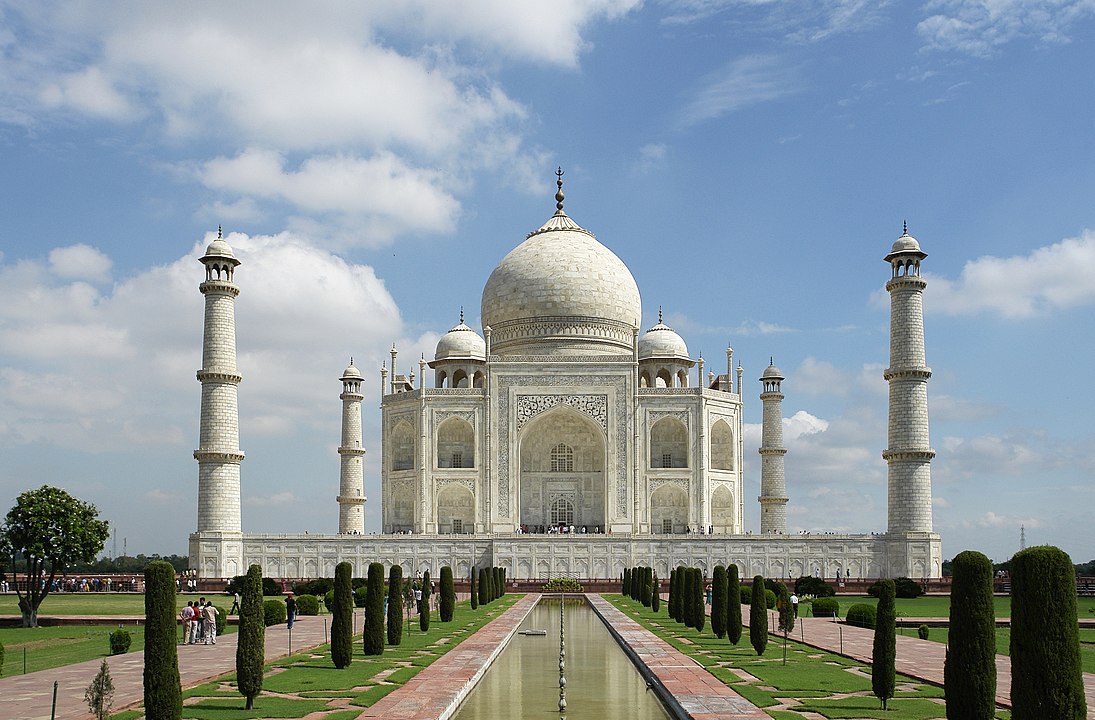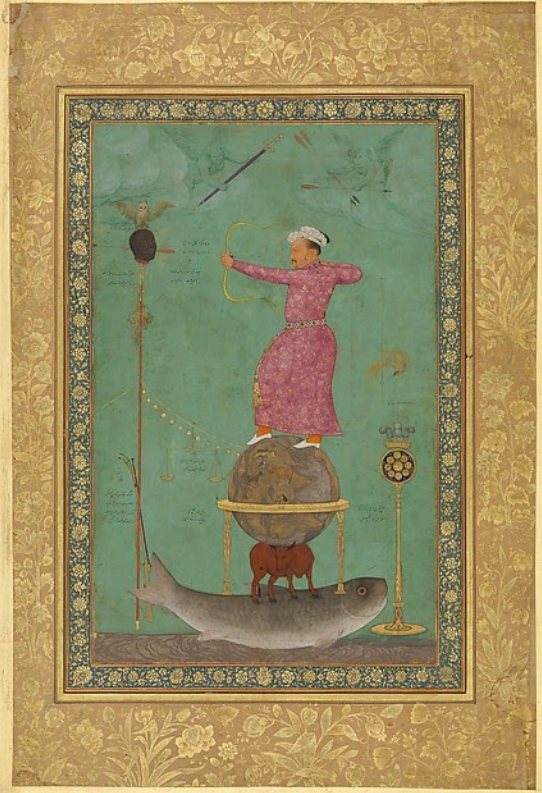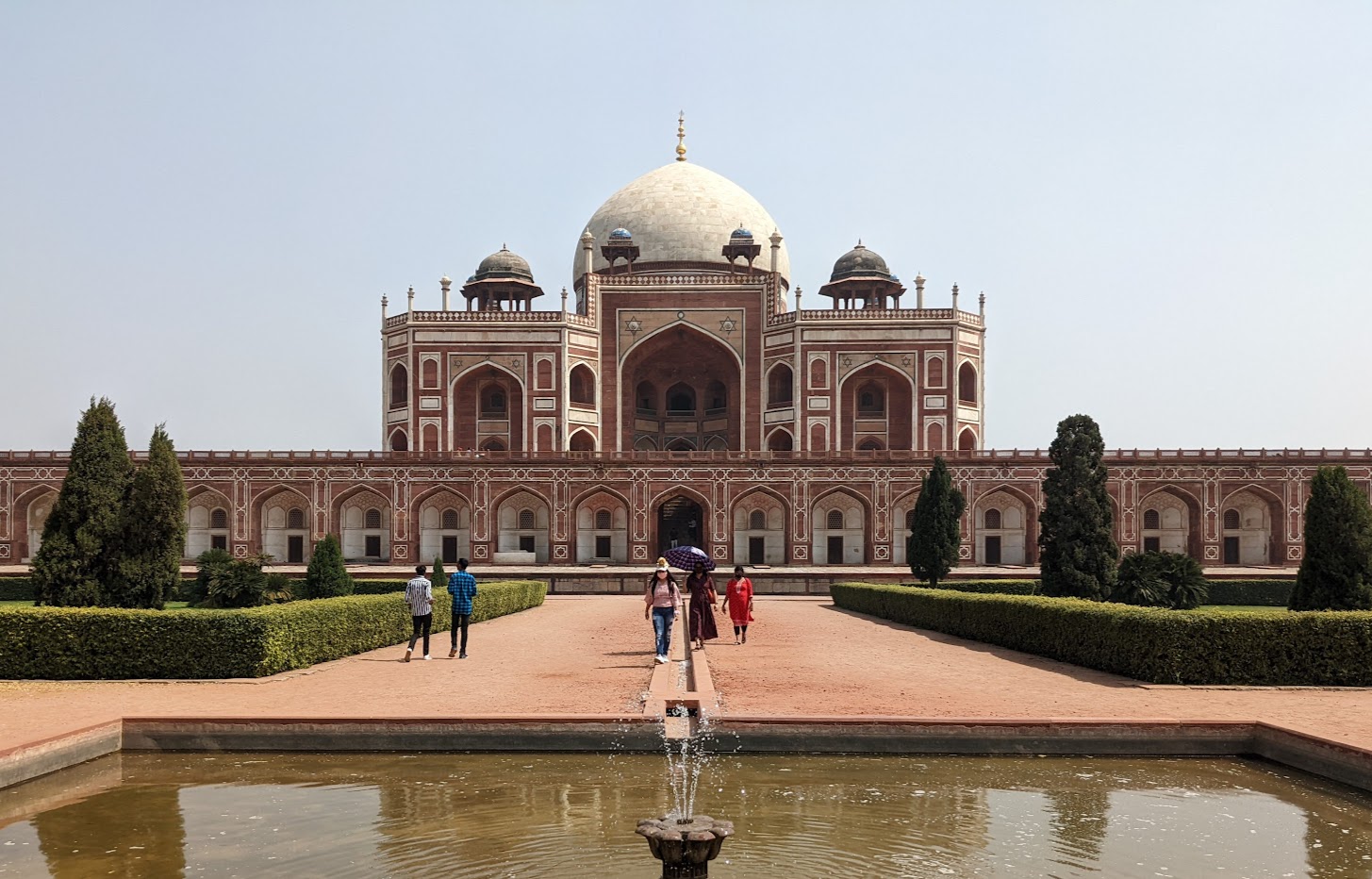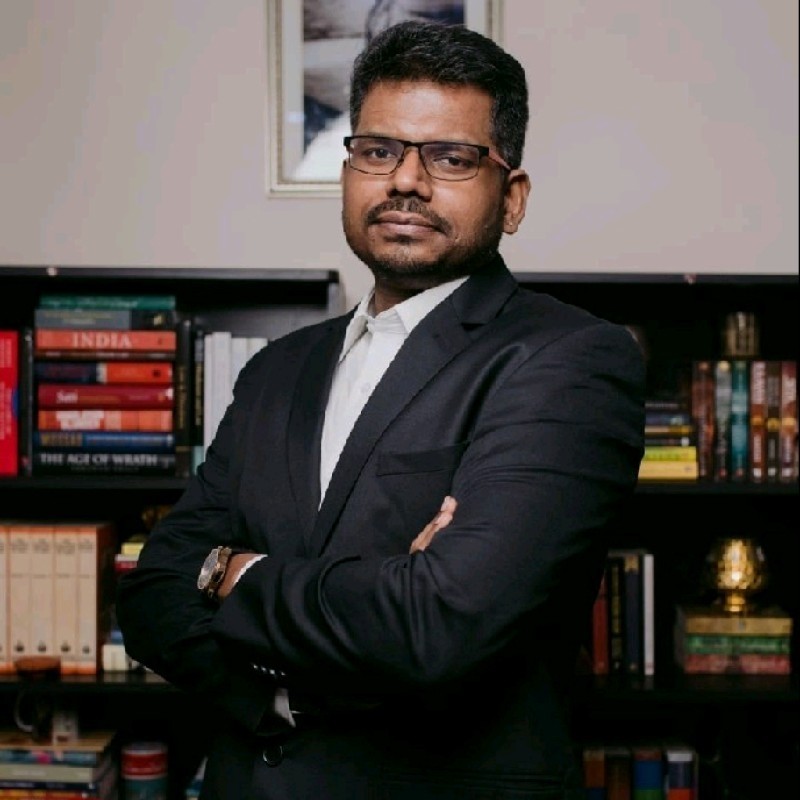
Of the 4 books of Dr Upinder Singh i have read, this is arguably the weakest. Firstly it doesn’t add much to the discourse – its largely summary of her earlier works thematically – with slight re-interpretation. The book is divided along four themes – Social inequality (Caste), Love, Gender relations, Violence and Religious freedom/plurality.
If you have been reading and following Dr Singh’s work and have good recollections, the ever present politics of this book can be jarring. The author starts with the anecdote of suicide of Dalit activist Rohit Vemula before embarking on the historic analysis of “Caste”. jAti-varna Matrix of Ancient India needed more in depth analysis as done for Political violence (in author’s previous book on Political Violence in Ancient India). The essay covers all the bases, but fails to enrich an informed reader – while making some unsubstantiated arguments.
eg: Caste in Sangam Era (or lack thereof). While the argument made holds for Vaidika concept of “Varna” it doesnt hold for Caste – a hybrid of jAti-Varna.

I felt the author played it very safe ending with “remains imperfectly understood”. Isn’t jAti-Varna system also an “old kin based” system ? Doesn’t it seem more natural to speculate that existing old kin based system merged with Vaidika abstraction of Varna ? Maybe – maybe not but the author doesn’t try to speculate.
The “desire and detachment” essay was refreshing, something i would definitely go back to. The next section “Goddesses and misogyny” covers the religious developments well enough but leaves the Economic(“Marxist?”) reasons for patriarchy out of the analysis. The role of economics in the patriarchal setup of agrarian and pre-industrialised societies doesn’t get more than a brief mention.
The next section, “Violence and Non-Violence” was a summary of her earlier book – good enough, but i would suggest interested parties to read that book – as it goes into the texts while making grand narratives and arguments. As a result the arguments in the previous book stick, this doesn’t (though its the same argument). Also some inconsistencies I had not noticed in earlier book came to my notice this time around. While comparing Ashok’s ideological espousal of Non-violence to Kautilya’s pragmatic approach (one may differ in the labels), the author doesnt fully challenge the above assumption even though it comes up in the text. Following is Kautilya’s recommendations for looking after animals.

How is looking after incapacitated horses pragmatic?
If one re-reads the subtext, ideology (empathy?) comes up again and again in Kautilya, whereas pragmatism and realpolitik in Ashok – the point the author notices in Ashok but not in Kautiya.
The last section was also enjoyable, if one manages to ignore the often jarring political undertone. The author lets slip a line
“These days, one dare not crack jokes about religion.”
Firstly, we cannot compare what we can glean of an ancient society from reconstruction to the documented 21st century realities. While trying to avoid the romantic reconstruction (or for contemporary politics), the author seems to have gone into the same. Yet I enjoyed the information I got from the last section, especially the Kshemendra’s satires from ancient Kashmir.
I would recommend the books for those who are really interested in Ancient India, but I would also recommend dozens of other books before this – especially the ones I havent read. Jarring and without original insights (unlike her previous works) I would still rate this book 3/5 for its readability and denseness.
What I had admired about Dr Singh’s work till now was her unwillingness to let politics and ideology rear its ugly head in her work – unlike other authors on ancient India (Including new emerging scholarship from the Hindu side). Though what saves the book is the author’s unwillingness to make “leaps of faith” – which become foundation for next scholarship – common in Ancient Indian History.

